iPhone 12 Pro Max vs Galaxy S20 Ultra: Which should you buy?
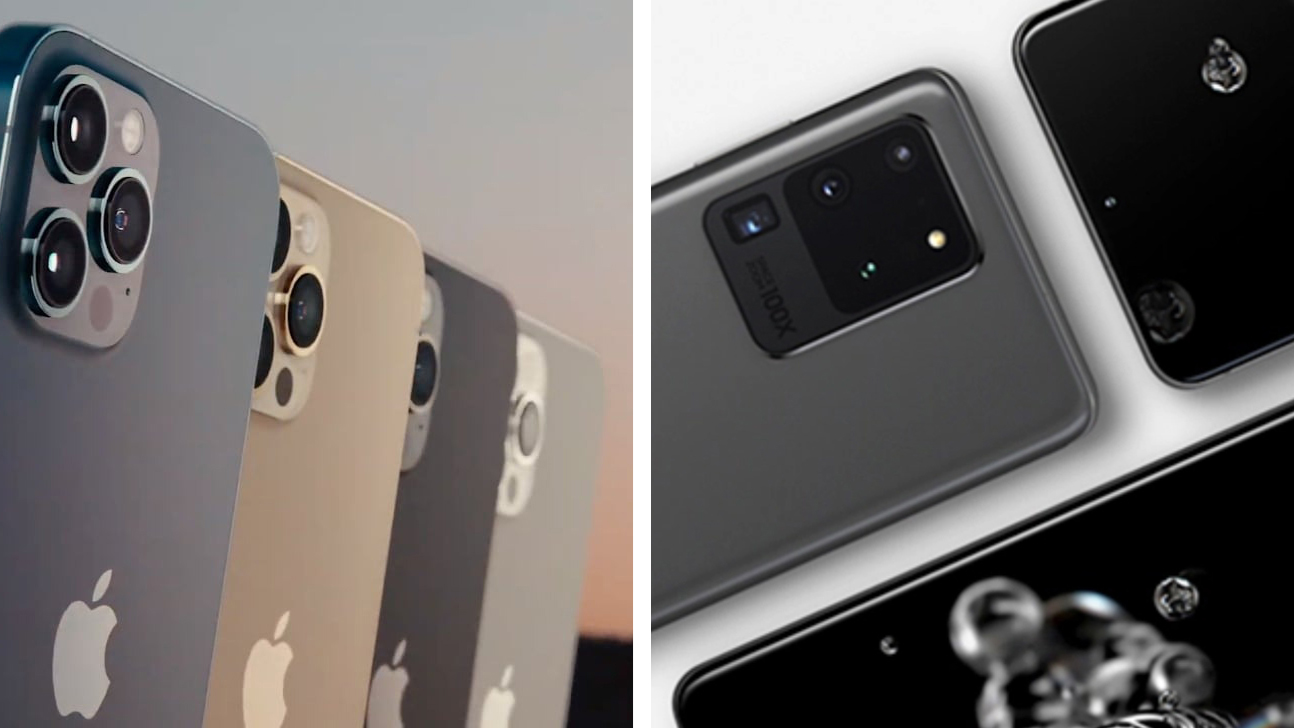
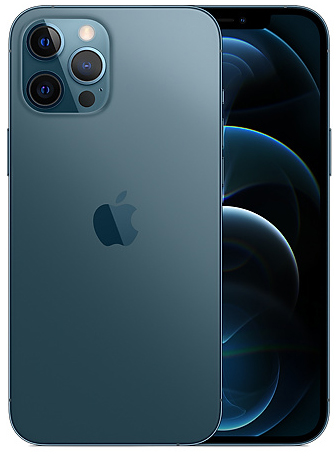
Best ecosystem
The Apple iPhone 12 Pro Max comes with lots of incredible and advanced features, but what really sets it (and all Apple products) apart is the comprehensive ecosystem that makes life easier in so many ways.
For
- Seamless integration with other Apple users, products, devices, and MagSafe accessories.
- Stronger glass display with ceramic shield
- Dolby Vision video with integrated editing functionality
- 20 hours video playback on a single charge
Against
- Slower 60hz refresh rate and less RAM
- No power adapter or headphones included
- Lower resolution photos and less zoom
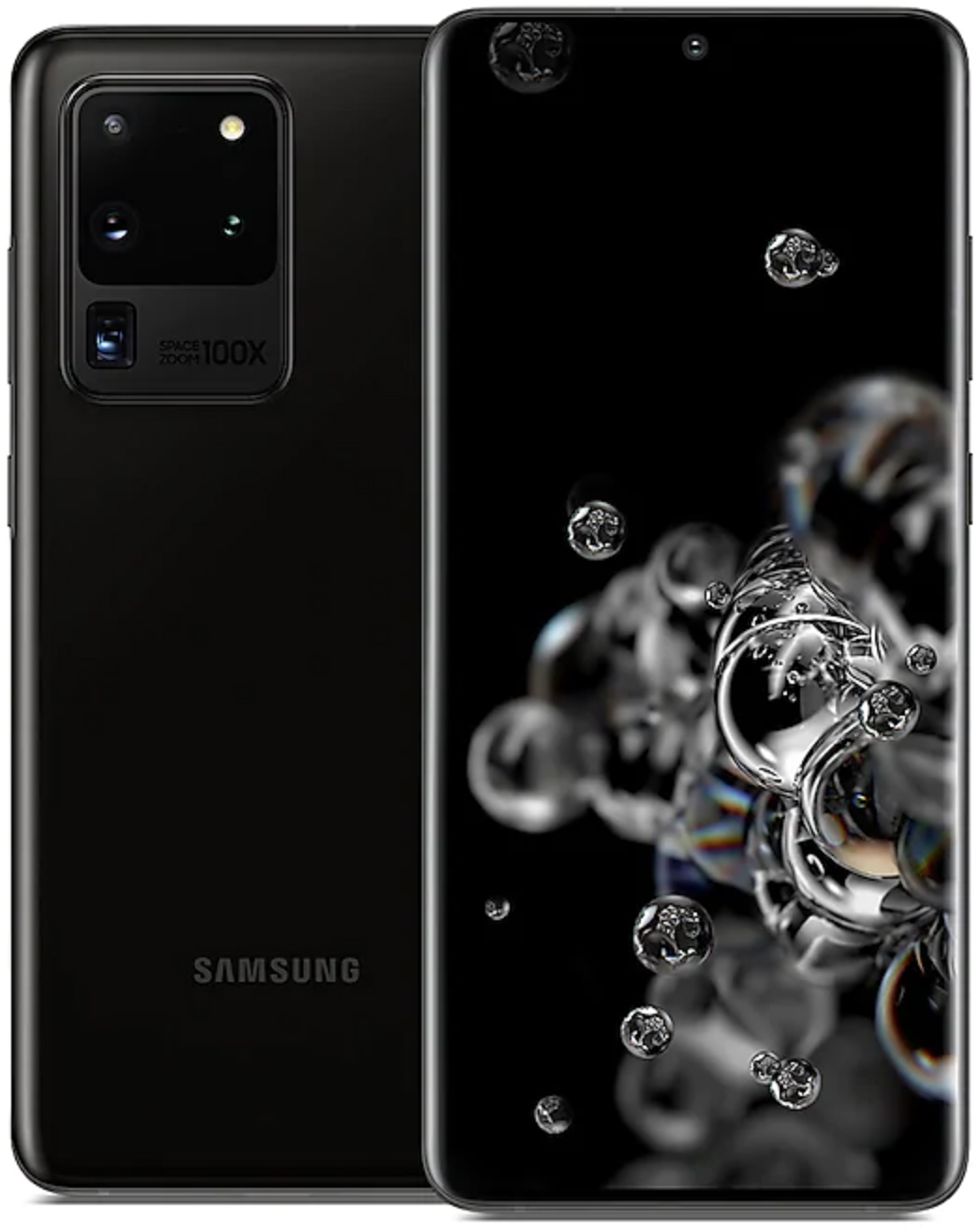
Best performance
For sheer performance, speed, and graphics, the Galaxy S20 Ultra may just be the best on the market. The 120Hz refresh rate combined with 12GB RAM makes for a blazing fast display that plays games and videos beautifully.
For
- Impressive 6.9-inch AMOLED display with 120Hz refresh rate
- 108MP camera with 100X digital zoom
- Comes with earphones and a power adapter
- Powerful USB-C fast charging
Against
- Less battery life with 16 hours of video playback
- Inadequate video image stabilization
- Feels a bit too heavy and bulky
iPhone 12 Pro Max vs. Galaxy S20 Ultra: Key Differences
When it comes to the greatest and latest hardware, you can't get much better than the iPhone 12 Pro Max and the Galaxy S20 Ultra. Both of these smartphones offer the latest and greatest in cellphone photography, with the iPhone 12 Pro Max taking a slight lead when it comes to video quality. The Galaxy S20 Ultra wins the show when it comes to digital zoom and visual performance, however, and both devices offer excellent processors and battery life. The deciding factor may simply be which ecosystem you prefer — Android or Apple. Let's have a look at what these phones are working with.
| Specs | iPhone 12 Pro Max | Galaxy S20 Ultra |
|---|---|---|
| Design | Ceramic Shield front + glass back and stainless steel frame | Glass front (Gorilla Glass 6), glass back (Gorilla Glass 6), stainless steel frame |
| Colors | Graphite, Silver, Gold, Pacific Blue | Cosmic Gray, Cosmic Black |
| Display | 6.7‑inch OLED display, 60Hz refresh rate | 6.9 inch Dynamic AMOLED, 120Hz refresh rate |
| Camera | Triple lens 12-megapixel wide and 12MP ultra-wide rear, 12MP TrueDepth front | Quad lens 108MP main, 12MP ultra-wide and 48MP telephoto cameras |
| Storage | 128GB, 256GB, 512GB + 4GB RAM | 128GB, 256GB, 500GB + 12GB RAM |
| Battery | 3,687 mAh, fast charging (20W charger sold separately), Qi wireless charging | 5,000 mAh, 45W fast charging, Qi wireless charging |
| IP rating | IP68 | IP68 |
| Headphone jack | None | None |
| Size and weight | 5.78 x 2.81 x 0.29 inch, 164g | 6.5 x 3 x 0.35 inch, 188g |
| Software | iOS 14 | Android 11 |
If you're going by straight specs, the Galaxy actually looks a little better on paper. However, some of those spectacular specs don't quite live up to the hype when you look at actual results. For example, the Galaxy claims 8K video, but the iPhone 12 actually produces superior video quality. Get all the dirty details below before you decide. So, let's look at both options a little more in-depth.
Design: More options on the iPhone 12 Pro Max
When it comes to design, both the Galaxy S20 Ultra and the iPhone 12 Pro Max have a similar structure — a stainless steel frame with a tough glass exterior. The iPhone may prove slightly more durable because of the new ceramic shield built into the display glass. This extra-strong material provides four times more drop protection than previous iPhones and other smartphone models. The Galaxy is housed in Gorilla Glass 6, though, which is also pretty dang resilient.
When it comes to simple looks, both smartphones are slim and slick, but the iPhone provides four color options to the Galaxy's basic two.
The Galaxy does have a slightly bigger screen at 6.9 inches, and it doesn't have any black notch to besmirch its beautiful display. The tradeoff is that iPhone uses that annoying little notch to provide Face ID, which is a pretty handy feature that the Galaxy doesn't have. The Galaxy S20 Ultra is also noticeably heavier than its iPhone counterpart. Neither phone has a headphone jack, but the Galaxy does come with a pair of earphones and a USB-C charging adapter, while the iPhone 12 Pro Max doesn't provide either. Of course, here we have another tradeoff; the iPhone 12 does have a cool built-in MagSafe magnet that has only begun to see its potential.
Both smartphones are slim and slick when it comes to simple looks, but the iPhone provides four color options to the Galaxy's basic two. If you're the type that always buys a black phone, this may not be an issue, but I like to try out fun new colors from time to time.
Functionality: Better graphics on the Galaxy S20 Ultra
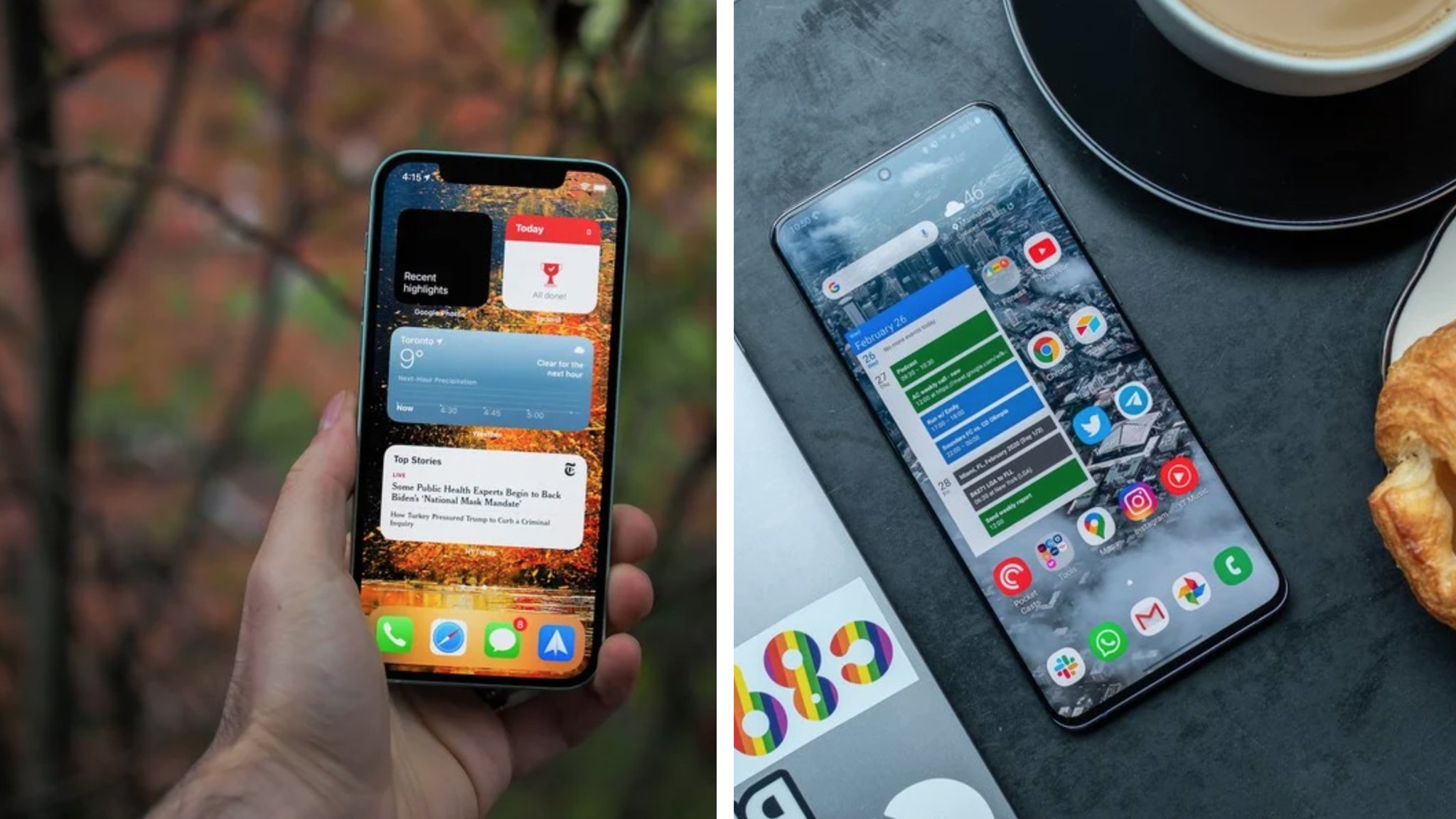
If you compare the Galaxy S20 Ultra and iPhone 12 Pro Max for sheer speed and performance, the Galaxy will come out ahead with its vivid AMOLED display, higher refresh rate, and huge RAM capacity. However, the iPhone 12's A14 Bionic chip is definitely the winning processor, so the difference in performance won't be as marked as one might think. The Galaxy will mostly pull ahead during video playback and gameplay since the higher refresh rate will make for incredibly smooth graphics.
As is always the case when it comes to Android versus iOS, the major differences in functionality are revealed in the interface and ecosystem.
As for battery life, the iPhone 12 Pro Max pulls ahead with 20 hours of video playback, but the Galaxy S20 Ultra makes up for this with 45W fast charging capability. The Galaxy can charge from zero to 100 in a single hour, while the iPhone 12 needs double that time to charge fully, even with the new USB-C adapter. This is a pretty important advantage for those who spend a lot of time commuting or traveling.
Master your iPhone in minutes
iMore offers spot-on advice and guidance from our team of experts, with decades of Apple device experience to lean on. Learn more with iMore!
As is always the case when it comes to Android versus iOS, the major differences in functionality are revealed in the interface and ecosystem. Because of Apple's seamless integration between Mac, iPhone, iPad, Apple Watch, and now a range of smart-home gadgets, it's hard to compete with the Apple ecosystem. Messages, Airdrop, and FaceTime are all attractive features if your friends and family are all using Apple products. Now Apple Pay allows users to send each other fast cash transfers using the Messages app. If you and your loved ones are part of this ecosystem, it won't be easy to leave it behind. Android offers excellent performance and usability, but the ecosystem is simply not as powerful.
Camera: iPhone 12 Pro Max and Galaxy S20 Ultra are neck and neck
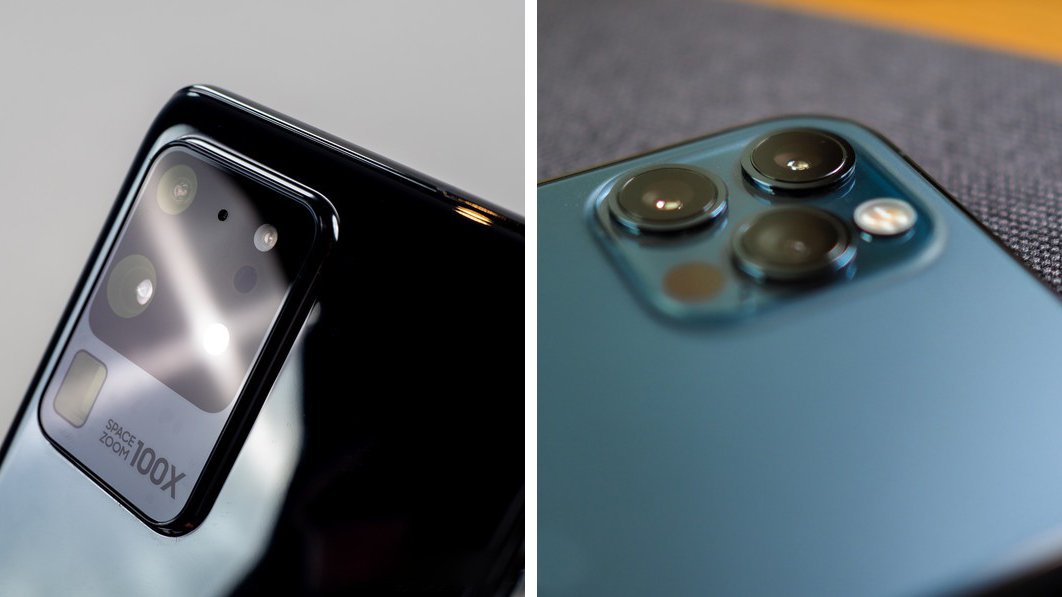
When you start comparing the photography and video capabilities of the Galaxy S20 versus the iPhone 12, it becomes even more difficult to pinpoint a clear winner. Once again, the Galaxy looks better on paper with a shocking 108MP main camera and 100X digital zoom. Whoever heard of such a thing on a smartphone? Well, no one, and that's because these features are difficult for the average user to pull off. While the Galaxy's quad-lens camera has some impressive specs, these are not always evident in the imagery it produces.
For example, the 100X digital zoom loses so much quality after about 30X that it loses appeal. Up until 30X, however, the digital zoom on the Galaxy gains an advantage over the iPhone. When you compare optical zoom, both smartphones offer telephoto lenses for true optical zoom up to 2.5X, with a hybrid optical zoom that produces great results up to 5X. When comparing the two, the iPhone's optical zoom has a slightly larger view and more reliable results. However, after 10X zoom, the Galaxy pulls way ahead with impressive digital zoom that remains of a decent quality up to 30X.
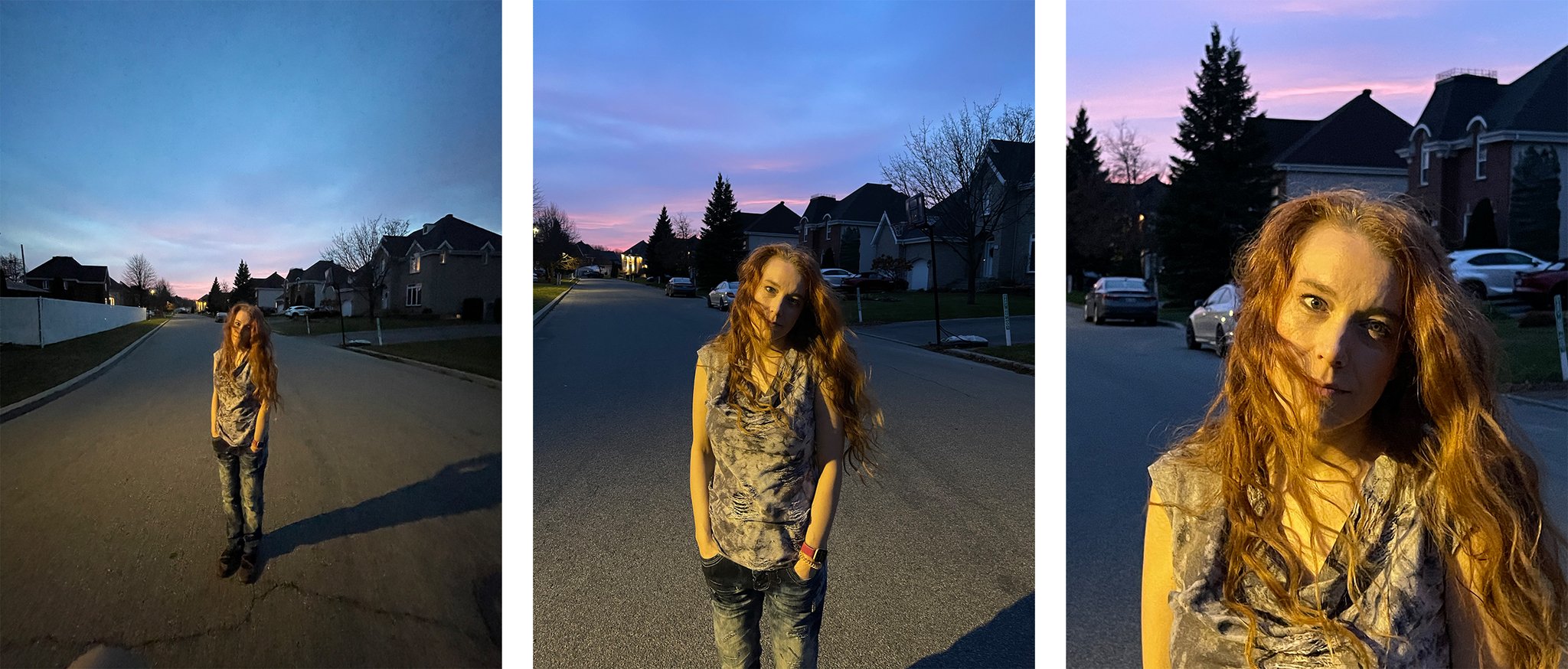
Both cameras offer night mode, but when comparing images shot in low light, the iPhone's camera sensor truly excels with a beautiful range of light and color, even in dark shadows. Ultra-wide photos also tend to turn out better on the iPhone 12 Pro Max, while the Galaxy S20 Ultra can provide greater details and crisper landscapes in standard lighting. The Galaxy can also shoot 108MP photos, although they can be a challenge to focus correctly and result in massive file sizes.
Overall, the Galaxy does offer some clear advantages for still photography, but the iPhone pulls ahead when it comes to video. Why? Because of DolbyVision. The iPhone 12 Pro Max is the only smartphone to offer DolbyVision video with an impressive range of built-in editing capabilities. This is a game-changer for videographers who want to shoot quick, high-quality videos on a smartphone that can be edited and exported in a matter of minutes.
The bottom line is, photographers will love the high resolution and zoom capacity of the Galaxy S20 Ultra. Still, videographers will likely prefer the iPhone 12 Pro Max with its DolbyVision and editing features.
Price Lineup between Galaxy S20 Ultra and the iPhone 12 Pro Max
For once, the iPhone is not the most expensive choice. If you're purchasing an unlocked phone with 128GB storage capacity, the Galaxy S20 Ultra will cost you $1249 big ones compared to $1,099 for the iPhone 12 Pro Max. The Galaxy offers a larger size, a quad-lens camera, and a few extra accessories in the box for this price. As you increase storage capacity, the two phones become more comparable in price.
iPhone 12 Pro Max vs. Galaxy S20 Ultra Which one should you get?
If you compare the iPhone 12 Pro Max and the Galaxy S20 Ultra spec by spec, the Galaxy looks like the better smartphone. The Galaxy is bigger, with a higher resolution camera and better playback graphics. This phone offers high-speed performance and beautiful still photos with the capacity to shoot video in 8K, despite some stabilization issues. It comes with earphones and a fast-charging adapter in the box, and the price tag reflects all this.
Despite the better specs on the Galaxy, the iPhone 12 Pro Max performs better in several areas.
If you love bells, whistles, seamless gameplay, and lightning-fast performance, you'll love the Galaxy S20 Ultra. However, despite the better specs on the Galaxy, the iPhone 12 Pro Max performs better in several areas. For one thing, better sensors on the iPhone provide Face ID, incredible low-light photos, and amazing DolbyVision video capture with integrated editing capabilities. Add that to a state-of-the-art processor and longer battery life, and the iPhone begins to look like a real contender, lower specs or no.
Your final decision will likely depend on your ecosystem preferences. If you have other Apple products, or if your friends and family are all using iPhones, then the Apple ecosystem provides many clear advantages for convenience, device integration, and social interactions. At the end of the day, it comes down to the Big Question: Android or iOS? That's a question only you can answer.

Living in the Apple Matrix
While the iPhone Pro Max doesn't come with quite as many bells and whistles as the Galaxy S20 Ultra, it is the only smartphone that can create and edit DolbyVision video. However, the most compelling feature of any iPhone is the amazing ecosystem that makes it work seamlessly with all other Apple devices and users. Once you've become a part of the iOS Matrix, it becomes almost impossible to leave.

That zoom tho
On a spec sheet, no smartphone looks better than the Galaxy S20 Ultra. It's big, it's fast, and it plays back video and games like a dream. Combine that with an incredible 108MP camera with 100X zoom, and you have a state-of-the-art device in your hands. If you prefer an Android interface over iOS, this is about the most advanced smartphone money can buy.

Jaclyn Kilani is a content writer at iMore. She's a longtime Apple addict with a flair for creating (written works, design, photos; you name it!) on her devices. Jaclyn has also worked in the marketing sector for over 16 years, dabbling in a bit of everything from writing to graphic design and digital marketing. In her heart of hearts, however, she is a born writer and an avid reader who adores everything about the written word. Someday she may even churn out a book or two. Throughout her career, Jaclyn has also developed something of an addiction to all things Apple. Her professional and personal life is enhanced by an ever-growing collection of iPhones, iPads, MacBooks, Apple Watches, and even AirTags. Luckily, this expensive habit is of great use to her work at iMore, where she writes with authority on Apple products and the accessories that go with them.
